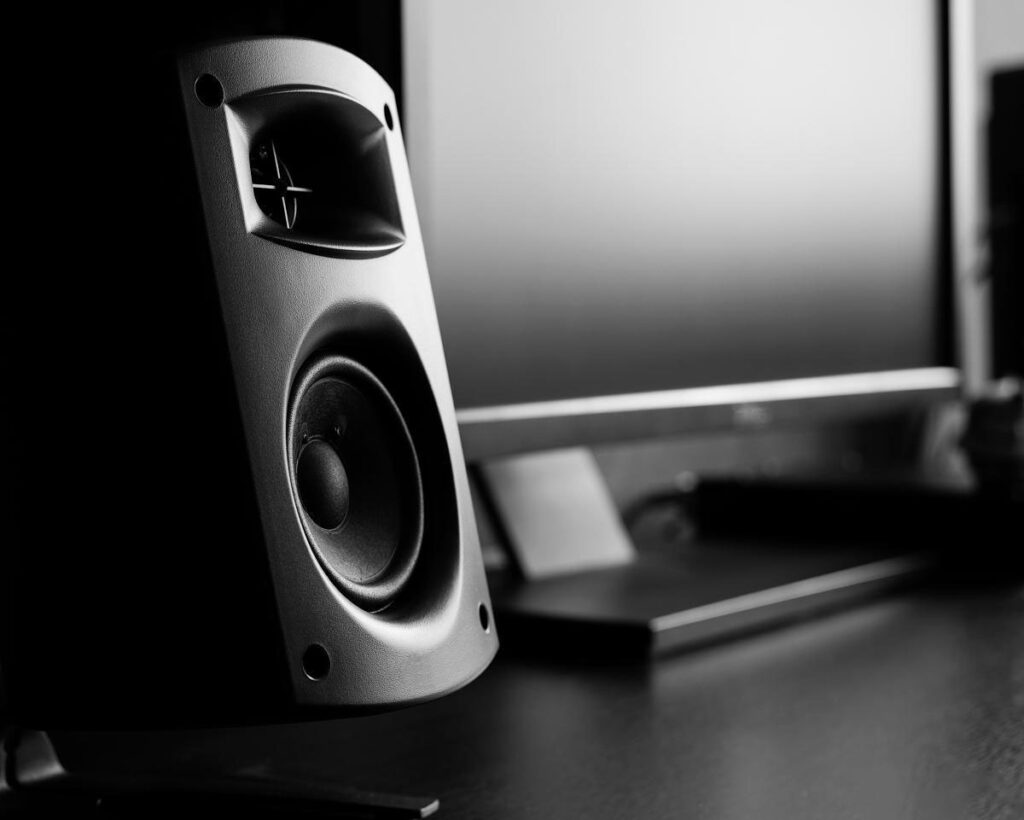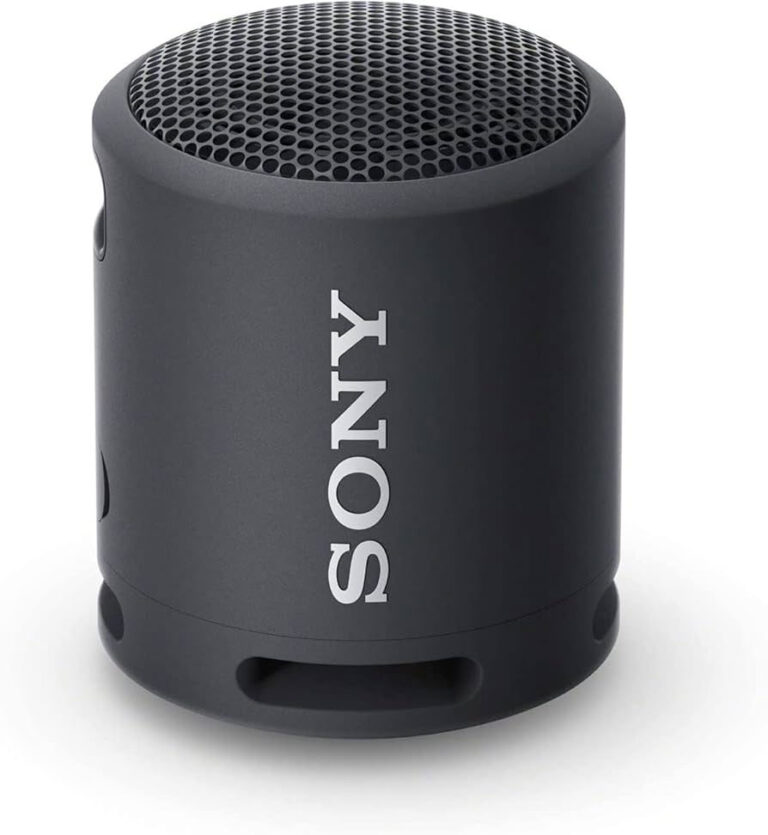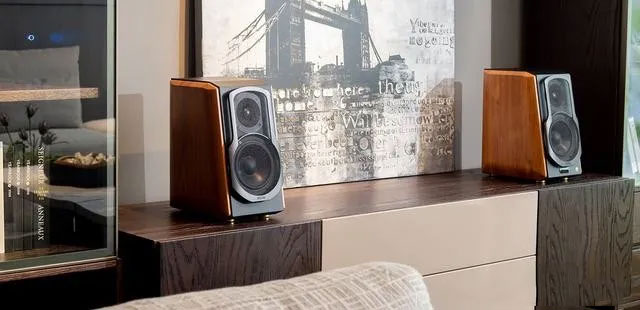Bluetooth speakers have become the mainstream of market sales due to their convenient playback. Although some traditional audiophiles sneer at Bluetooth speakers, in their opinion, the sound quality of Bluetooth speakers cannot be compared with traditional passive speakers due to transmission loss and other reasons, some Bluetooth speakers on the market now not only have Bluetooth functions, but also have built-in DAC decoding, which can be losslessly input through optical fiber, coaxial and other digital signals. Some are also equipped with RAC analog interface/HDMI interface, which can directly input analog signals to Bluetooth speakers for amplification, which also makes Bluetooth speakers more functional. This type of Bluetooth speaker has also become a new choice for many audiophiles. Let’s talk about the choice of Bluetooth speakers today.
When buying a Bluetooth speaker, you must adhere to the ” 3 Don’ts “. This is not a scam, but the experience of audiophiles!

1. Don’t buy “mono” Bluetooth speakers
The so-called mono Bluetooth speaker does not refer to a true mono Bluetooth speaker, but a single Bluetooth speaker. It corresponds to a 2.0-channel Bluetooth speaker, which is what we often call a pair of speakers. Bluetooth speakers like JBL Music Ares and Manhattan Music Glass are not mono in design. Even if they have stereo, the space is too small and mixed together. The human ear cannot distinguish the left and right channels at all. This type of speaker is not easy to restore the music itself. Take “Hotel California”, which is often used for sound testing, as an example. The content of this song itself is very large, and the drum beats and guitar SOLO channels are very fine. If you use this type of “mono” speaker, you can only listen to it lonely and cannot truly appreciate the connotation of the music itself.
The advantage of 2.0 active Bluetooth speakers is that they can distinguish the left and right channels just like traditional passive speakers, which is more advantageous from the perspective of music restoration. Not only that, since the cabinet of 2.0 Bluetooth speakers is generally larger, it can accommodate larger-caliber speakers and more powerful amplifiers. In addition, the traditional cabinet also conforms to the acoustic design. The large space makes tuning easier. At present, the sound quality of 2.0 Bluetooth speakers on the market can easily beat single Bluetooth speakers of the same price.

2. Don’t buy unknown brand speakers
Although speaker production is very simple, it is nothing more than speaker + power amplifier + cabinet, but tuning is the key. If not, any random brand can beat Burmester. This requires us not to easily touch brands that we are not familiar with, because once we are, we may become a sucker. Traditional old brands generally have guaranteed sound quality. The pricing may be a bit high, but it is not a trap.

3. Don’t buy speakers that are too cheap
Don’t buy speakers that are too cheap. There is no good product at a cheap price. This also applies to the audio field. After all, the material cost and labor cost are there. Too low prices will inevitably result in bad products. Here we suggest that the starting price of Bluetooth speakers should not be lower than 100$, and 200$ is a good starting price.



